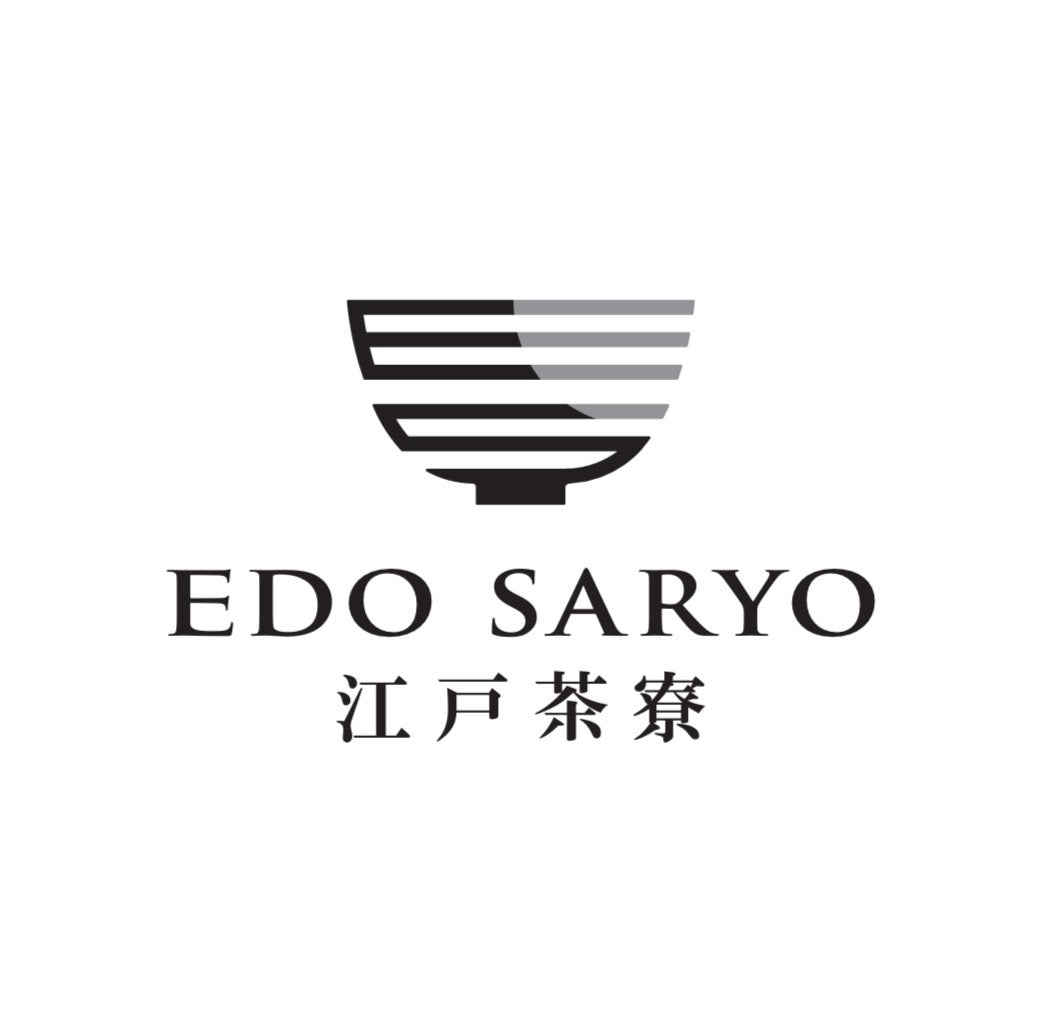Edo Saryo and Kabuki – History and Cultural Connection
1. What is Kabuki?
Kabuki is one of Japan’s most iconic traditional performing arts, born in the early 17th century and now recognized as a UNESCO Intangible Cultural Heritage. Known for its lavish costumes, bold face makeup (kumadori), dynamic acting, rhythmic dialogue, and live musical accompaniment with shamisen and drums, Kabuki is a total art form that combines theater, dance, music, and visual spectacle. More than entertainment, it is a cultural expression of Edo-period aesthetics, values, and the spirit of the people.
2. The History of Kabuki
• Origins (early 1600s): Kabuki began with a female performer, Izumo no Okuni, who staged “kabuki odori” in Kyoto. Later, women were banned from the stage by the shogunate, leading to performances exclusively by men—a tradition that continues today.
• Edo Period: Kabuki flourished as the most popular form of entertainment for townspeople. Plays depicted everyday life, human drama, and heroic tales of loyalty, justice, and passion. Actors became cultural icons, and theaters turned into centers of Edo’s vibrant urban culture.
• Meiji & Taishō Eras: With the influx of Western culture, Kabuki adapted by modernizing stage design and theater facilities while preserving its traditions.
• Modern Times: Today, Kabuki continues to innovate, incorporating modern technology and even performing abroad, while remaining a proud symbol of Japanese cultural heritage.
3. Kabuki’s Etiquette and Features
Kabuki has unique artistic expressions and rituals that make it distinct:
• Kumadori Makeup: Colors represent the role’s personality—red for courage and righteousness, blue for evil or jealousy, black for strength.
• Mie Pose: A powerful, dramatic pose where the actor freezes, widening his eyes to captivate the audience.
• Ōmukō (Audience Calls): Audiences shout out actors’ stage names at key moments, adding excitement and interaction.
• Stagecraft & Costumes: Revolving stages, trapdoors, and extravagant costumes create unforgettable visual impact.
4. Kabuki and Edo Saryo
Edo Saryo is not only a place to experience tea and crafts, but also a space that connects visitors to Edo culture in its entirety. While tea ceremony and Kabuki may seem different, they share a common essence:
• Hospitality & Performance: Just as tea ceremony embodies the art of hospitality, Kabuki is a gift from performers to their audience, aiming to provide the finest experience.
• Edo Cultural Symbolism: Both tea and Kabuki blossomed during the Edo period, shaping the aesthetics and identity of the era.
• Modern Adaptation: At Edo Saryo, guests can enjoy approachable and hands-on experiences, and in the future, events or workshops inspired by Kabuki motifs—such as tea bowls decorated with kumadori designs—can further bridge these traditions.
5. The Modern Value of Kabuki and Tea Together
In today’s world, Kabuki and the Way of Tea offer contrasting yet complementary values. Kabuki dazzles with dynamic, colorful energy, while tea provides quiet mindfulness and reflection. Together, they represent the balance of “motion and stillness” in Japanese culture. At Edo Saryo, combining these two traditions allows visitors—both Japanese and international—to experience the full spectrum of Edo aesthetics, from the theatrical grandeur of Kabuki to the serene ritual of tea. This dual experience creates unforgettable memories for travelers and renews pride in Japanese heritage for locals.
⸻
Edo Saryo / What is Kabuki / History of Kabuki / Kabuki Features / Kabuki Makeup Kumadori / Edo Culture Experience / Japanese Traditional Performing Arts / Tea Ceremony and Kabuki / Shibuya Cultural Experience / Aoyama Traditional Culture / Harajuku Japanese Heritage

